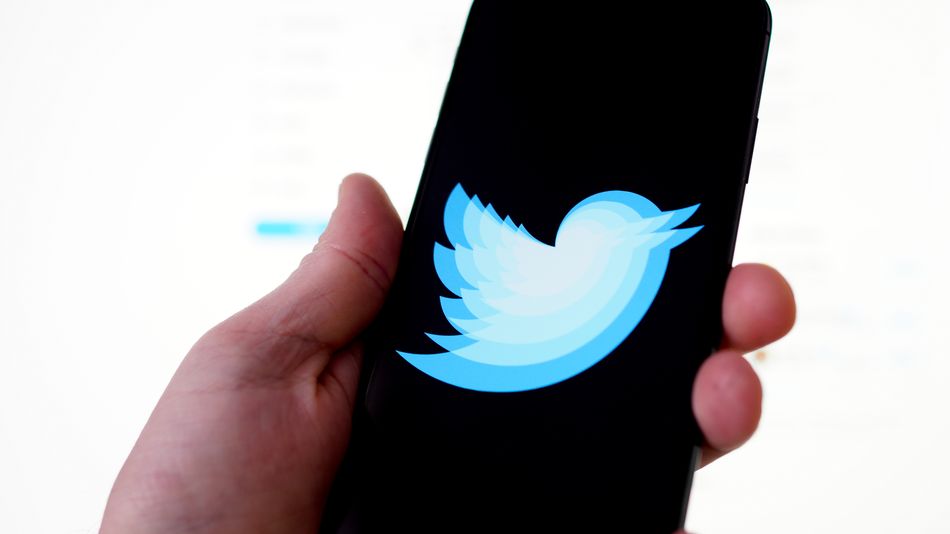Technology
Twitter is now adding a controversial ‘hacked materials’ warning label to tweets


“These materials may have been obtained through hacking,” reads the disclaimer affixed to a tweet linking to a story from independent news outlet, The Grayzone.
Leaked files show Reuters’ & the BBC’s role in covert British Foreign Office programs to effect “attitudinal change” & “weaken the Russian state’s influence”
They were joined by intel contractors and outlets like Bellingcat.@MaxBlumenthal investigates https://t.co/EguVEHA3xV
— The Grayzone (@TheGrayzoneNews) February 20, 2021
The tweet was originally posted on Feb. 20. However, three days later, users began to notice the label added to The Grayzone’s tweet. (It is not yet clear when exactly the label appeared.) Furthermore, readers discovered that an extra step was added when trying to retweet posts linking to The Grayzone’s story: A pop-up appeared reiterating the warning label and asking users to “help keep Twitter a place for reliable info.”
A link is included which forwards users to Twitter’s “” policy.
The Grayzone’s sources recently hacked and leaked documents which allegedly show that the BBC and Reuters participated in a program created by the UK government to “weaken Russia’s state influence.”
This appears to be the first instance of Twitter using this particular warning label on an English-language outlet. A search on the platform found of a version of the “hacked materials” warning label being used. This one was stamped on an Italian outlet’s tweet regarding Pfizer’s COVID-19 vaccine in January.
“These materials may have been obtained through hacking or may be manipulated,” reads the earlier warning label on the tweet, which is in Italian.
Mashable has reached out to Twitter for more information. The new warning label comes after Twitter’s to block links to a New York Post story in October 2020, which included material from a laptop belonging to President Joe Biden’s son, Hunter Biden. Twitter was roundly criticized across the political spectrum for the action it took when the story was published and shared on its platform.
In response, Twitter surrounding “hacked materials” and unblocked links to the story. This new warning label is clearly a new approach to flagging news stories which are based on hacks and leaked documents.
It should be stressed again that these warning labels are being added to tweets sharing links to news stories based on hacked materials, not tweets sharing raw leaked or stolen materials themselves.
However, some Twitter users have pointed out that the New York Times story on to Cancun was based on leaked text messages from the senator’s wife. Yet, they , there is no warning label placed on tweets linking to that story even though it appears to fall under Twitter’s own “distribution of hacked materials” policy.
Twitter also uses its feature to inform users about misinformation spreading on its platform. While this was a helpful service amid all the and campaigns surrounding the 2020 U.S. presidential election, it’s not clear if this translates to “hacked materials.”
Debunked claims are proven to be false. However, the same cannot be said outright for “hacked materials.” In fact, some of the most important journalism of just this past decade was done with documents that would fall under Twitter’s “hacked materials” policy.
Would the eye-opening “Collateral murder” video that was provided to Wikileaks in 2010 by Chelsea Manning have received a warning label? Would Twitter have warned users before retweeting the many crucial investigative pieces that came out of the NSA spying documents provided to multiple news outlets by Edward Snowden?
As Will Menaker of the podcast Chapo Trap House , these “hacked materials” warning labels may very well be construed by critics as “highlighting journalism that is especially important.”
-

 Entertainment6 days ago
Entertainment6 days agoWordPress.org’s login page demands you pledge loyalty to pineapple pizza
-

 Entertainment7 days ago
Entertainment7 days agoRules for blocking or going no contact after a breakup
-

 Entertainment6 days ago
Entertainment6 days ago‘Mufasa: The Lion King’ review: Can Barry Jenkins break the Disney machine?
-

 Entertainment5 days ago
Entertainment5 days agoOpenAI’s plan to make ChatGPT the ‘everything app’ has never been more clear
-

 Entertainment4 days ago
Entertainment4 days ago‘The Last Showgirl’ review: Pamela Anderson leads a shattering ensemble as an aging burlesque entertainer
-

 Entertainment5 days ago
Entertainment5 days agoHow to watch NFL Christmas Gameday and Beyoncé halftime
-

 Entertainment4 days ago
Entertainment4 days agoPolyamorous influencer breakups: What happens when hypervisible relationships end
-

 Entertainment3 days ago
Entertainment3 days ago‘The Room Next Door’ review: Tilda Swinton and Julianne Moore are magnificent

















